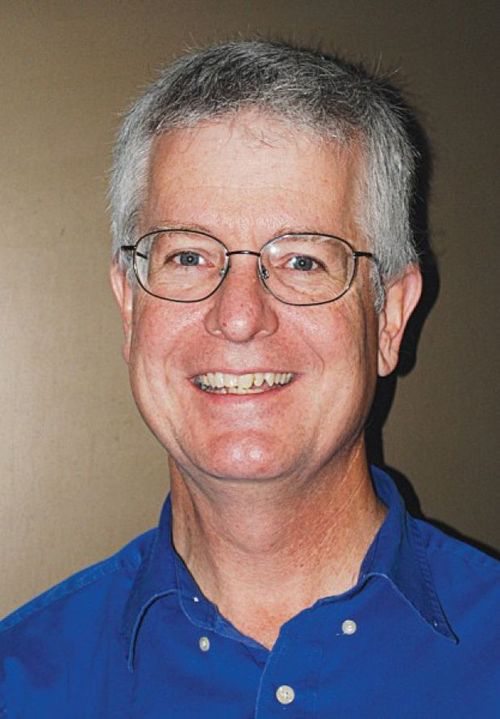Weather watching
State climatologist: Marshalltown is cooler, drier than average so far in Aug.

Hillaker
Cool weather and lack of rain has been the story in Central Iowa weather so far this month, but what can the area expect as August moves into September?
“Marshalltown itself kind of missed the bigger rains that would’ve been Monday to Tuesday,” said State Climatologist Harry Hillaker. “So far this month, in Marshalltown, temperatures are running about 4 degrees cooler than usual, which may not sound like a lot, but that’s a pretty big monthly departure for this time of year.”
On Monday and Tuesday, Marshalltown got about a half-inch of rain, he said, with a bit more the day after.
“In the next 24-hour period … there were heavy rains just to the southeast, Gilman with 2 inches and Grinnell with about 2.5 later on Tuesday,” Hillaker said. “Marshalltown had about one-half to three-fourths of an inch, still pretty good rain, enough rain to see a difference.”
This time of year, he said about a half-inch is needed to see a noticeable difference in lawns and crops. So far in August, Hillaker said rainfall totals at Marshalltown Municipal Airport come to 1.31 inches, 1.15 of which fell between Monday and Thursday. The average this time of year is 2.33 inches.
Today, Hillaker said it doesn’t look like much rain will be coming to the area.
“The National Weather Service says a few small chances in the next few days,” HIllaker said, specifying a 30 percent chance of rain this afternoon and evening.
Early next week looks to be the next best chance for precipitation.
“Right now, 50 percent chance for Monday night … and that one has potential for being a more substantial rain, but obviously that far out, a lot can change,” Hillaker said, adding with a laugh “A lot of people will be hoping it waits until the eclipse is done on Monday.”
In the meantime, he said slightly warmer temperatures in the mid-80s to 90s Sunday and Monday may come to the central and southern parts of the state.
“Long-range outlook is basically expected to be close to normal or a little bit warmer than usual for this time of year, nothing excessive or out of the ordinary,” Hillaker said.
Area farmers are one group looking to see more rain.
“Soybean farmers, especially, will be hoping for some more rain to help the soybeans fill their pods and get better yields,” Hillaker said. “With corn, it’s getting a little bit late to have a whole lot of difference in how the corn crop is going to turn out … a little rain probably wouldn’t be a bad thing for the corn, either.”
The current cool weather pattern isn’t necessarily hurting crops, he said.
“In the areas that have been really dry, which still remains a good part of southern Iowa, the cool weather doesn’t necessarily improve things, but it slows the rate that crop conditions deteriorate,” Hillaker said. “Even the areas that have been missing the rain, there is still some benefit to having these lower temperatures.”
The reason given for the cooler temperatures is that the jet stream, a band of strong wind in the upper atmosphere, has shifted south of the state.
“Basically, the storm track has been shifted quite a bit further south, which keeps the warm air from making its way up into Iowa easily,” Hillaker said. “The jet stream airflow has been keeping the really warm air off to our south.”
He added air north of the jet stream tends to be cooler and the air to the south warmer.
“That’s kind of good news and bad news,” Hillaker said of the current pattern. “The good news is you have cooler weather, which is nice this time of year; the bad news is you don’t have quite as good of rain chances when that’s going on.”
Though it’s hard to tell yet, Hillaker said early September looks like it will continue with a mild weather pattern. More seasonal weather is predicted for later September.
So far, winter this year is said to be on the cooler side.
“That one’s still very much up in the air, which usually it would be as far as this time of year,”
Hillaker said. “It looks more likely than it was that we have the so-called La Niña event come up this winter season, which usually brings colder weather to the northern U.S.”
The opposite phase, El Niño, is known to bring warmer temperatures over the winter to northern states. Up until recently, it was believed this year would bring that pattern, but predictions have switched to the La Niña phase this year.
For more state weather information, visit www.iowaagriculture.gov/climatology.asp
——–
Contact Adam Sodders at (641) 753-6611 or asodders@timesrepublican.com





